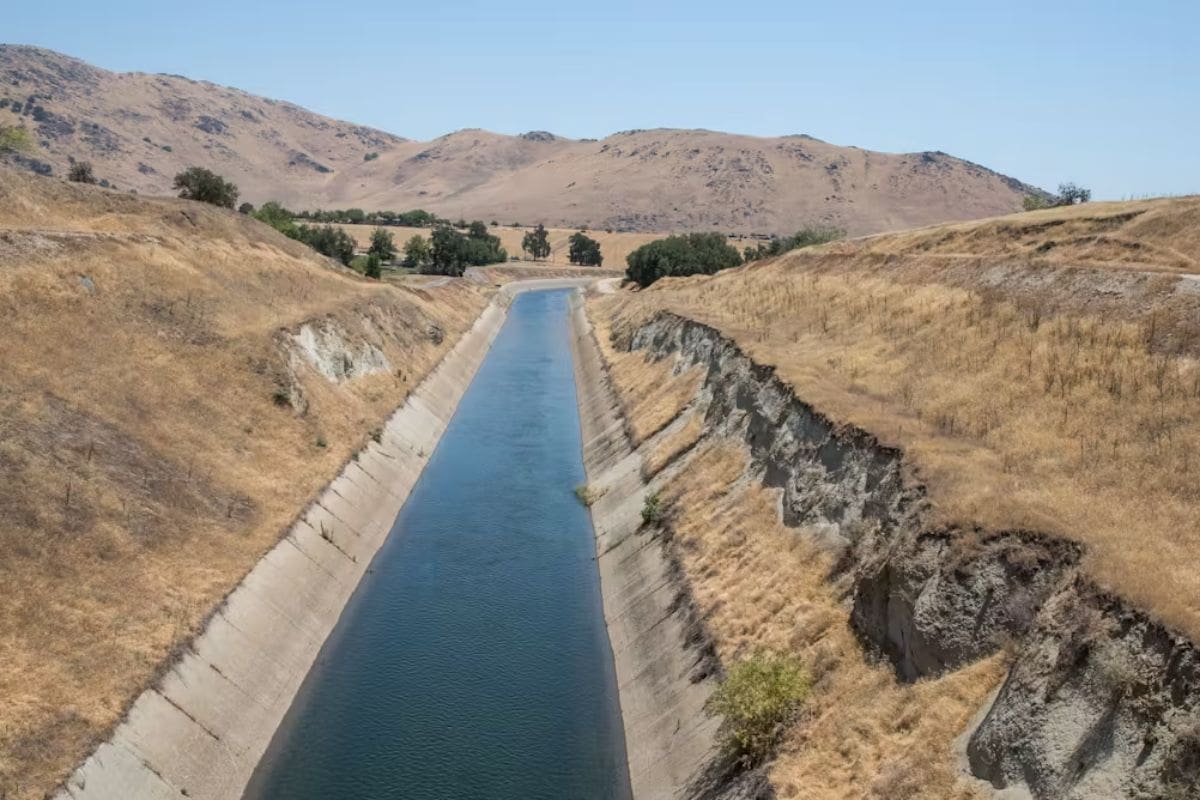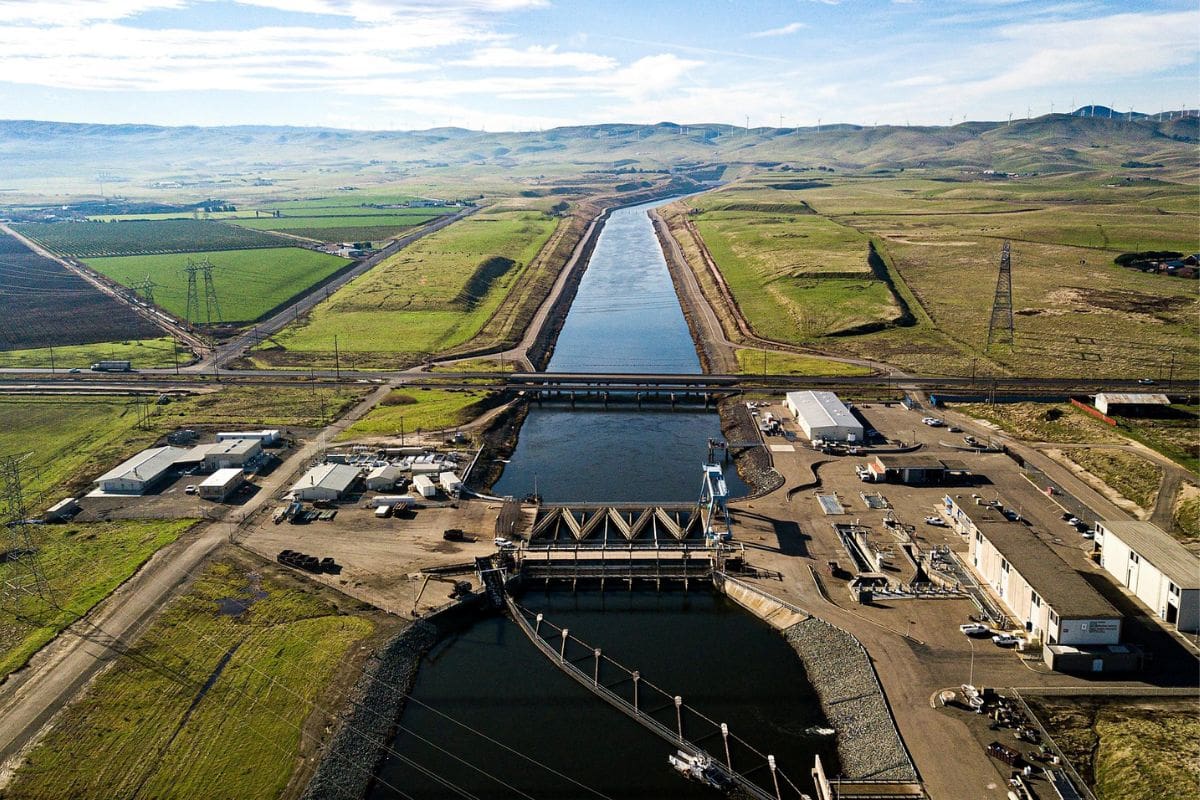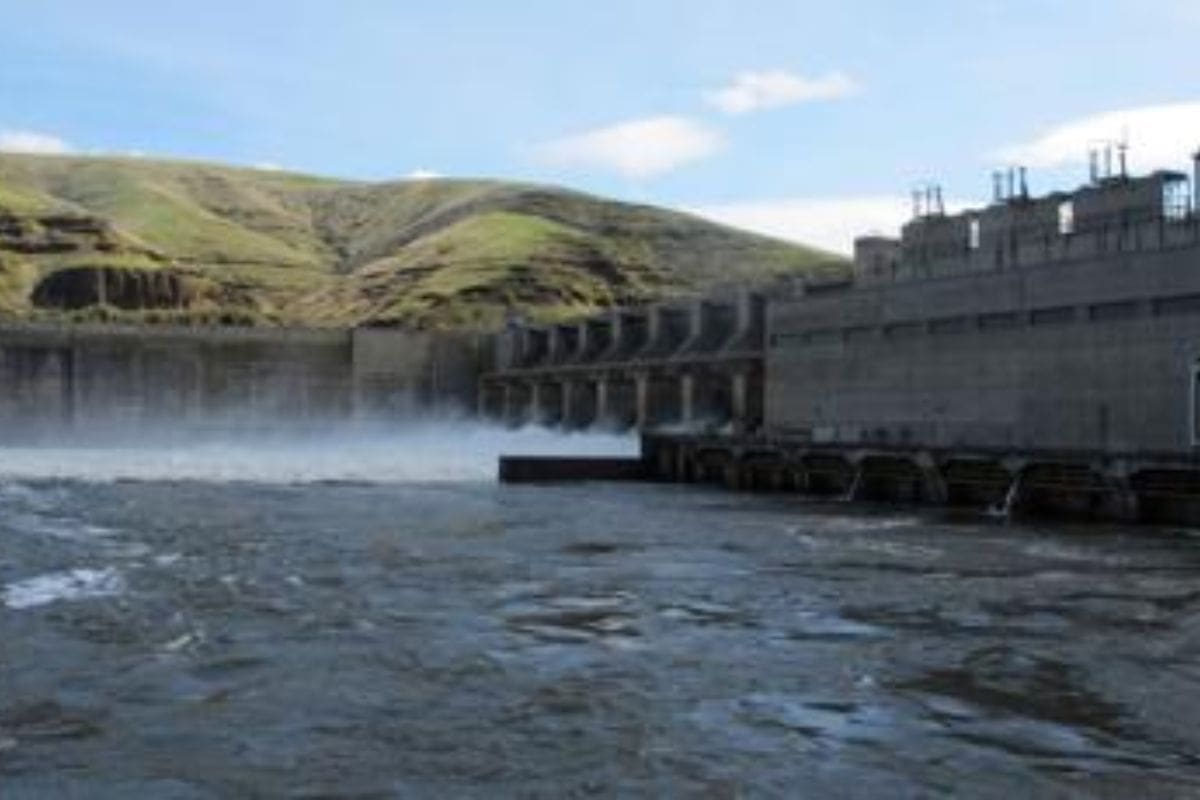California Water Crisis: The recent developments in California’s water allocation have brought to light a pressing issue: agencies have been granted a mere 15% of their essential aqueduct needs. This significant shortfall has sparked concerns among policymakers and stakeholders alike, with Congressman Kevin Kiley voicing critiques over the implications of such a limited allocation.
As the state grapples with water management challenges and a lack of sufficient reservoirs, the situation is further compounded by ongoing projects like the Klamath River Dam removal, raising questions about the environmental impact and long-term sustainability of California’s water resources.
California Water Allocation: A Mere 15% of Requests Granted
California’s water allocation crisis in 2024 reveals a stark reality: only 15% of the requested allocations for urban and agricultural water agencies from the state water project have been granted. This meager allocation represents a significant decrease from the previous year’s allocation, highlighting the severity of the situation. Despite recent rains in California, critics argue that the limited allocation is not due to a lack of precipitation but rather points to inadequate water storage infrastructure as the primary culprit.
The failure to meet the water agencies’ demands raises concerns about the state’s ability to effectively manage its water resources, especially in the face of growing population demands and unpredictable weather patterns. The insufficient allocation puts pressure on urban areas, where residents rely heavily on a stable water supply for daily activities, and on agricultural regions, which depend on water for crop irrigation. This crisis underscores the urgent need for comprehensive water management strategies that prioritize sustainable water usage, efficient storage solutions, and effective distribution systems to ensure the state’s water security in the long term.

Congressman Kevin Kiley’s Critique and Concerns
The current water allocation crisis in California, as highlighted by Congressman Kevin Kiley, underscores the pressing need for improved water management strategies to address the inadequacies in storage infrastructure and ensure sustainable water distribution.
Congressman Kiley’s critique focuses on the severe limitations imposed on water deliveries, which he attributes to the lack of adequate storage capacity. He points out that approximately 20,000 cubic feet of water per second are being released into the ocean due to the insufficiencies in storage facilities, a concerning practice given the state’s ongoing water scarcity issues.
California’s Water Management Challenges and Lack of Reservoirs
Amidst California’s water management challenges, the absence of new reservoir construction exceeding one million acre-feet since 1978 has significantly impacted the state’s ability to meet its water allocation needs. Despite the state’s reservoirs being at 70% capacity and experiencing above-average annual rainfall, the lack of new reservoirs has become a critical issue. With the population of California having doubled since 1978, the demand for water has increased substantially. The failure to invest in large-scale reservoir projects has led to difficulties in storing and managing water effectively to meet the needs of residents, agriculture, and the environment.
This dearth of major reservoir infrastructure has contributed to the current water crisis by limiting the state’s capacity to capture and store water during wet years for use in dry periods. The reliance on outdated reservoir systems exacerbates the challenges posed by increasingly erratic weather patterns and prolonged droughts. Addressing this issue will require strategic planning, investment in sustainable water infrastructure, and a comprehensive approach to water management to ensure California’s water needs are met efficiently and effectively.

Klamath River Dam Removal Project and Environmental Impact
The concerns surrounding the environmental impact of the Klamath River dam removal project have stirred debates among state leaders and environmental proponents. Governor Gavin Newsom hails the project as a significant milestone for the river’s well-being. However, downstream consequences, notably the decline in salmon populations attributed to damming, have raised alarms. Critics, including Senator Brian Dahle, question the state’s decision to finance the removal, suggesting that the financial burden should rest on the corporate entities responsible for the dams.
The Klamath River dam removal project represents a complex intersection of environmental, economic, and political interests. While the restoration of the river’s natural flow holds promise for ecosystem revival, concerns linger regarding the potential disruption to local communities reliant on the dams for various reasons. Balancing these competing interests requires careful deliberation and consideration of long-term impacts. As the project moves forward, stakeholders must collaborate to mitigate adverse effects and ensure sustainable outcomes for both the environment and affected communities.

Also Read: Landslide Alert: Geologists Evaluate CA Risks Post-Heavy Rainfall!
News In Brief
Recent developments unveil California’s water allocation crisis, with agencies receiving a mere 15% of their vital aqueduct needs. Congressman Kevin Kiley criticizes the limited allocation, attributing it to insufficient water storage. Despite recent rains, the shortfall points to a broader issue of inadequate reservoirs. This crisis poses risks to urban and agricultural areas, emphasizing the urgency of comprehensive water management. Kiley’s critique highlights the need for improved strategies to address storage deficiencies. The absence of major reservoir projects since 1978 compounds the problem, hindering effective water storage. Meanwhile, the Klamath River dam removal project raises environmental concerns, prompting debates on financing responsibilities. The intersection of water management, environmental impact, and infrastructure investment underscores the complexity of California’s water challenges.

